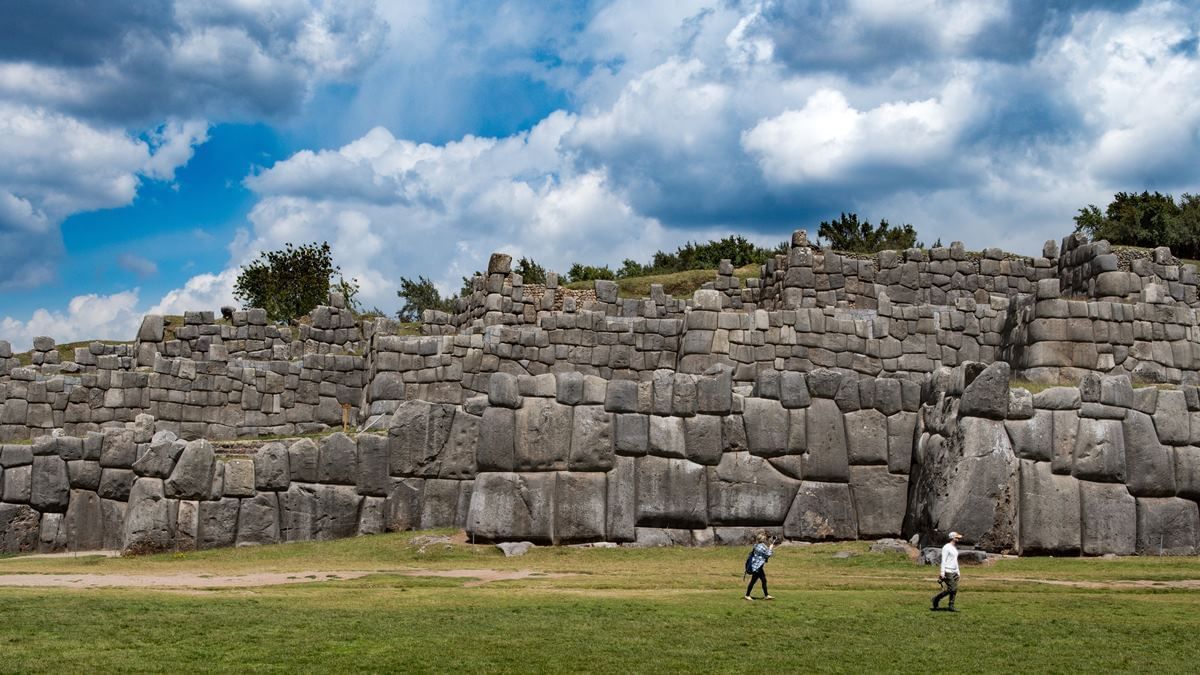The Enigma of Perfectly Fitted Stones: How the Incas Built Without Cement
Inca construction has always sparked wonder and admiration due to the precision with which they managed to fit huge stone blocks without the use of cement or mortar. Machu Picchu, Sacsayhuamán, and Ollantaytambo are just a few examples of these imposing structures that have withstood earthquakes and the passage of time for centuries. But how did they achieve this? In this article, we unravel the secrets behind this fascinating construction technique.
The Magic Behind Perfectly Fitted Stones
The secret of Inca architecture doesn’t lie solely in manual skill but also in their profound knowledge of nature and the environment. Inca constructions were based on the "ashlar" technique, which involved individually carving each stone to perfectly fit with the others. Despite the apparent simplicity of this process, the reality is that it required enormous precision and skill. Let’s dive deeper into the key factors that made this possible.
Material Selection: Ancient Stones
One of the first steps the Incas took was selecting the right material. Unlike many other civilizations, they didn’t use just any type of stone. The most common in their constructions were granite and andesite, volcanic rocks that are extremely hard and resistant. These stones were quarried from nearby sites, making transportation and handling easier.
But why did they choose these types of stones? The hardness of these materials was crucial for the structures to resist seismic movements, which were frequent in the Andean region. These dense rocks with high impact absorption capabilities helped to dampen vibrations, preventing the structures from collapsing.
Cutting and Shaping: Advanced Technique Without Modern Technology
Another great mystery is how the Incas managed to cut and shape such large stones without modern tools. Recent studies suggest they used copper tools and harder stones like hematite to shape the rocks. The process was long and laborious, but the results speak for themselves: perfectly smooth stones, with precise edges, capable of fitting together seamlessly without the need for any type of cement or mortar.
Carving not only involved smoothing the surfaces of the stones. The Incas also designed the corners and edges with specific angles so that the stones fit together with geometric precision. This meticulousness was key to keeping the structures stable, even in the face of earthquakes.
Stone Placement: Perfect Fit
The way the stones were placed is perhaps the most impressive aspect of Inca construction. Scholars have pointed out that the fit of the stones was so exact that even today it’s difficult to insert a piece of paper between the joints.
This perfect fit wasn’t just aesthetic; it was also functional. It allowed the structures to withstand seismic movements without breaking apart, as the stones could shift slightly without collapsing. Instead of cracking, the walls "breathed" with the earth's movements, giving them incredible structural flexibility.
Astronomical Alignment: Precision and Functionality
Another factor that cannot be overlooked is the alignment of many Inca structures with astronomical phenomena. The Incas had a deep understanding of the stars and how they influenced daily life. Many of their constructions were aligned with solstices or the movements of certain constellations. This alignment wasn’t only symbolic and religious but also influenced the orientation and stability of the structures.
This astronomical knowledge allowed them to maximize sunlight and weather conditions for their constructions, which also contributed to the longevity of the buildings.
Earthquake-Resistant Engineering: A Testament to Inca Genius
One of the most astounding features of Inca architecture is its ability to withstand earthquakes. Peru is a region of high seismic activity, and over the centuries, Inca constructions have proven to be incredibly resilient. This is partly due to the construction technique that allowed for some flexibility in the structures.
The use of stones with irregular surfaces and the perfect fit allowed the structures to "settle" during earthquakes. Additionally, walls inclined inward at specific angles added stability to the buildings, making them less prone to collapse.
Discover the Inca Legacy in Its Natural Setting
The enigmas behind the Incas' perfectly fitted stones continue to fascinate archaeologists and travelers alike. And there’s no better way to experience this marvel than by visiting the archaeological sites in person. If you’re planning a trip to uncover the legacy of this amazing civilization, Casa del Sol Hotels offers you the perfect stay in the heart of Inca history.
Experience the Unique Comfort of Casa del Sol Machu Picchu
By staying at Casa del Sol Machu Picchu, you’ll not only enjoy the comfort and luxury of an exceptional hotel but also immerse yourself in the Inca history. We are located near the most impressive archaeological sites in the region, giving you the chance to explore these wonders while enjoying an unforgettable stay.
Book now and live the history: Take advantage of our exclusive offer for adventurers looking to discover the mysteries of the Incas. Experience millennial heritage in a modern and welcoming environment!
